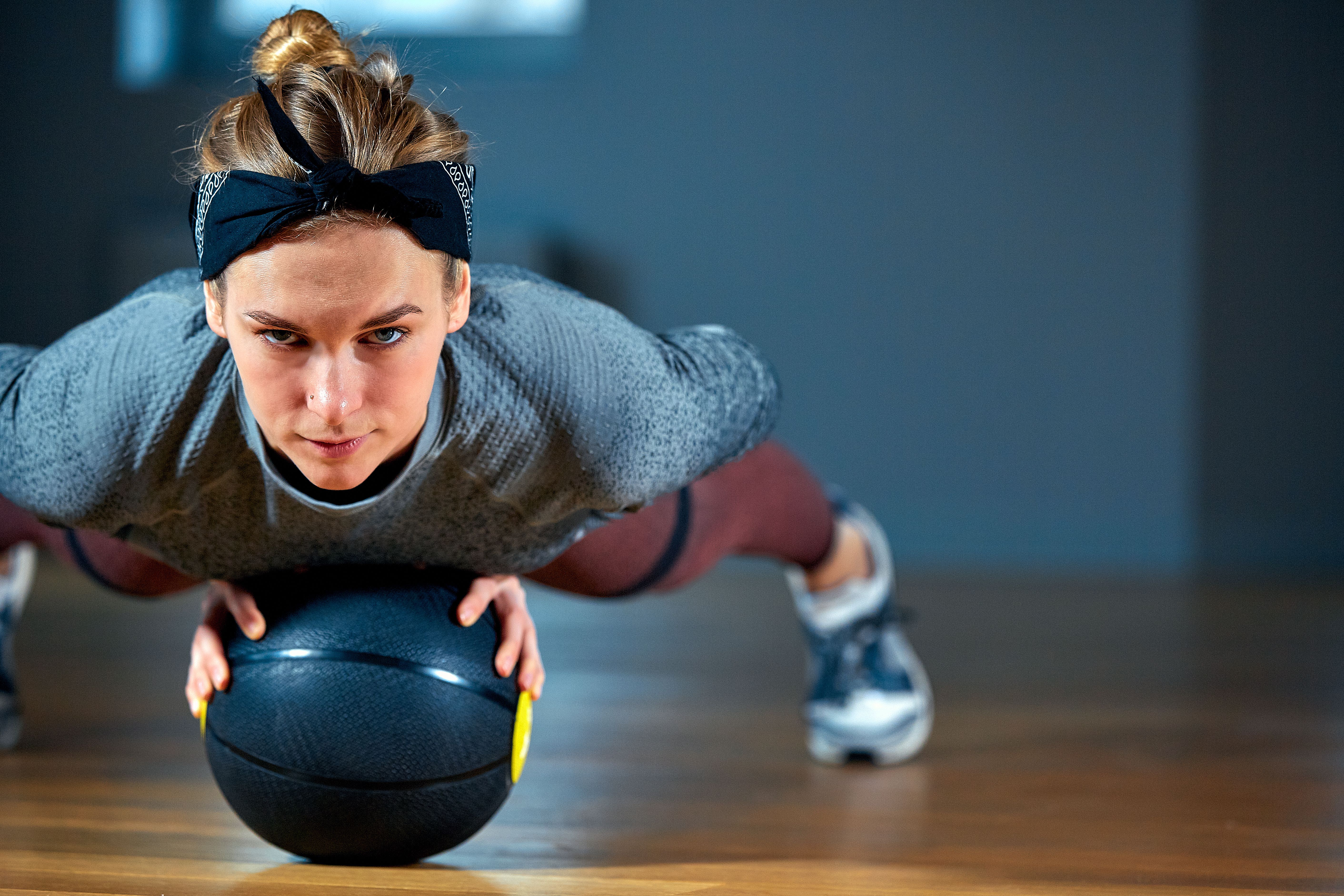Article
High-Intensity Activity in Adolescence May Help Prevent Osteoporosis
Author(s):
Spending more time in high-intensity physical activity in early life may protect against osteoporosis in later life, and men are more successful at this than women, according to a study recently published in JAMA Network Open.
(©AdobeStock_254334473)

Spending more time in high-intensity physical activity in early life may protect against osteoporosis in later life, and men are more successful at this than women, according to a study recently published in JAMA Network Open.
“Our results from female participants indicate that moderate to vigorous activity during adolescence is more important for adult hip strength than the participant’s current participation in moderate-to-vigorous activity, which is consistent with the hypothesis that adolescence is a sensitive period for bone development,” wrote the authors, led by Ahmed Elhakeem, Ph.D., of the University of Bristol in the U.K.
Peak bone strength, which occurs in early adulthood, is considered an important marker of osteoporosis risk and fracture risk in later life. Since hip fractures compose a large proportion of the disease burden of osteoporosis, modifiable early life factors that are associated with the attainment of peak hip strength need to be identified. Higher-intensity physical activity has been reported to be beneficial for bone strength, but previous studies mostly included young adolescents and they examined activity at a single point or used self-reported data.
The aim of this cohort study was to investigate the association of time spent in moderate to vigorous intensity and light intensity physical activity throughout adolescence and hip strength at age 25 years. A total 2,569 participants (62 percent female) received accelerometer assessments at age 12, 14, 16, and/or 25 years. The primary outcome was femur neck bone mineral density (BMD) at age 25 years.
In males and females, more time spent in moderate-to-vigorous intensity physical activity in adolescence was associated with greater hip BMD at age 25 years, whereas more time spent in light-intensity physical activity was not associated with BMD at age 25 years. Males spent more time in moderate to vigorous–intensity activity at each age and had greater femur neck BMD at 25 years than females.
In females, the level of moderate-to-vigorous intensity activity remained stable through early adolescence and increased at age 25 years. In males, the level of moderate to vigorous–intensity activity decreased throughout adolescence. Moreover, vigorous–intensity exercise at both the early- and mid-adolescence in males was associated with adult hip parameters, which the authors suggested may indicate that moderate to vigorous–intensity physical activity is more important in early adolescence than in later adolescence.
Meanwhile, exploratory analyses using accelerometers worn by participants at age 18 years indicated that exposure to high-magnitude gravitational force was positively associated with peak hip strength. Taken together, the results may suggest that moderate to vigorous–intensity physical activity and higher gravitational force measurements throughout early life are associated with increases in bone mass during growth.
“Higher-intensity physical activity, along with potential bursts of higher-impact activity, throughout adolescence may be important for maximizing peak hip strength during early adulthood,” the authors wrote. “Children’s involvement in moderate to vigorous–intensity physical activity may be beneficial for lasting bone health.”
In an accompanying editorial, Rodrigo Antunes Lima, Ph.D., of the University of Graz in Austria, wrote, “in our interpretation, there is one key message in this study: a higher intensity of physical activity during adolescence, especially early adolescence, plays an important role in later BMD.” He added, “Physically active adolescents are more likely to become physically active adults who are less susceptible to all-cause mortality. Thus, it is important to increase the physical activity level of the adolescent population.”
_______________________
REFERENCE
Ahmed Elhakeem, Jon Heron, Jon H. Tobias, et al.“Physical Activity Throughout Adolescence and Peak Hip Strength in Young Adults.” JAMA Network Open. August 17, 2020. doi:10.1001/jamanetworkopen.2020.13463
Rodrigo Antunes Lima, Fernanda Cunha Soares. “Physical Activity Level During Adolescence—Possible Ways to Apply the Knowledge Gathered.”JAMA Network Open. August 17, 2020. doi:10.1001/jamanetworkopen.2020.13900




